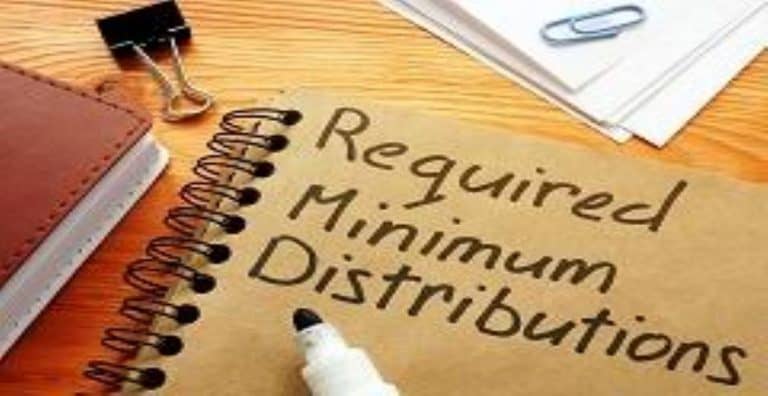Did You Take A Required Minimum Distribution In 2020 From Your Retirement Account? If So, You May Be Able To Put It Back.
If you took a required minimum distribution from your retirement account this year and want to reverse it, you now may be able to. The IRS announced on 6/23/20 that anyone who already has taken an RMD in 2020 from certain retirement accounts has until Aug. 31 to put the money back. (https://www.irs.gov/pub/irs-drop/n-20-51.pdf) The announcement…








